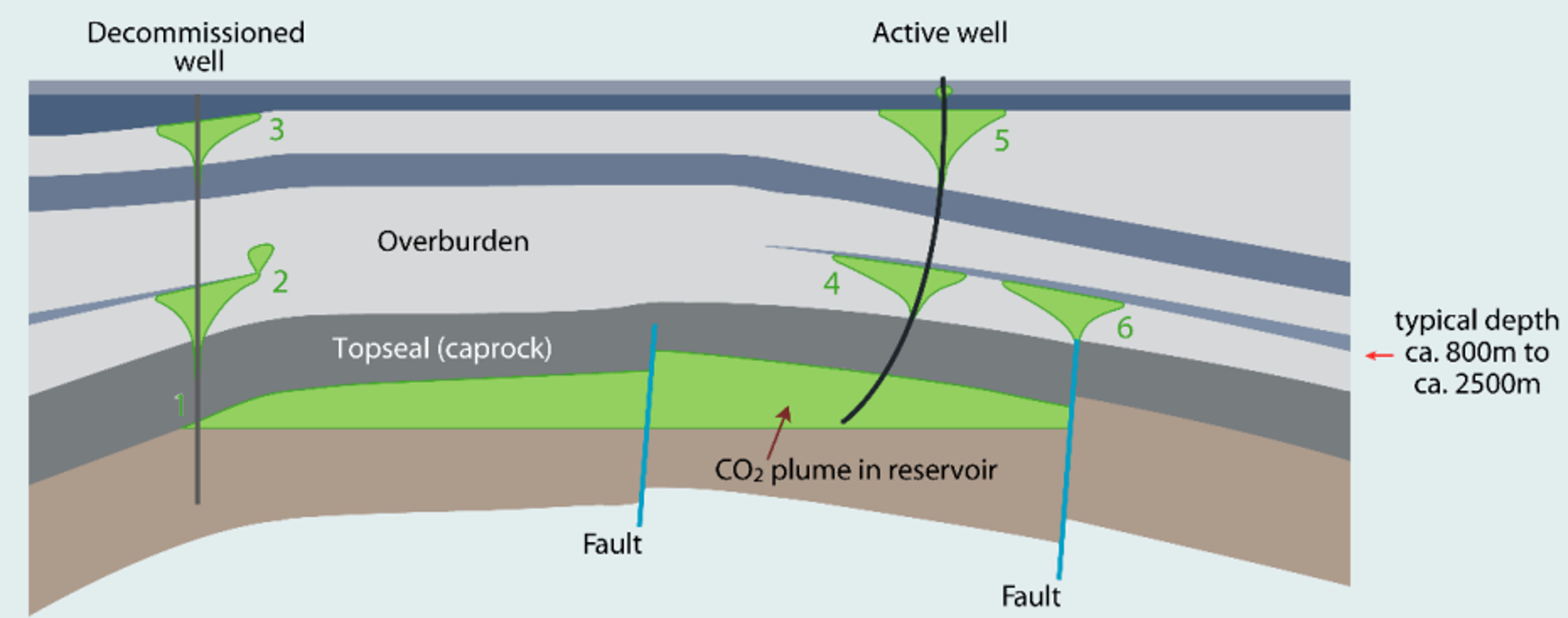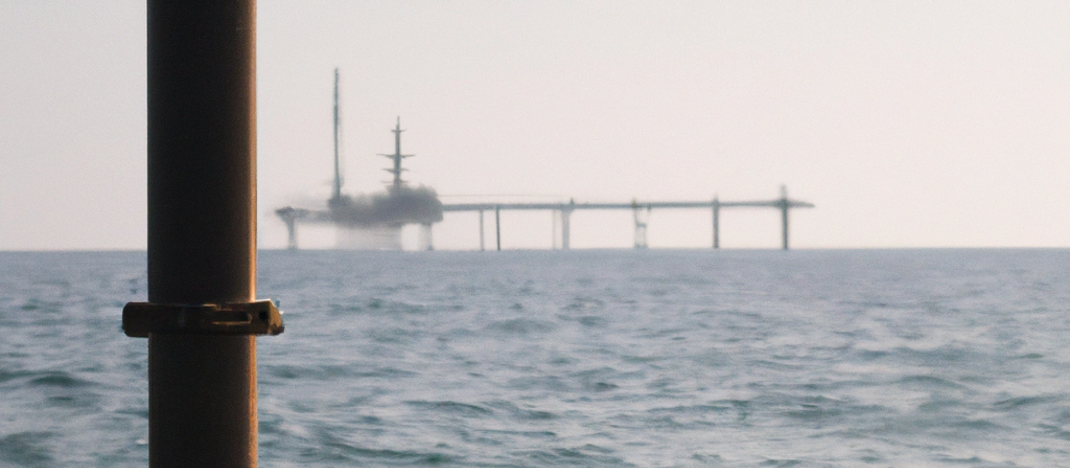Deep geological storage of CO2 is safe. That could well be the main summary of an extensive report published by the UK Government last week.
The UK Climate Change Committee (the UK’s independent climate advisory body) has described CCS as ‘a necessity, not an option’ for the transition to Net Zero. For that reason, a study was commissioned by the UK Department for Business, Energy & Industrial Strategy (BEIS) to look into the containment certainty of deep geological storage of CO2 on the UK Continental Shelf, as few studies addressed all associated aspects thus far. The report was published on the third of February and can be found here.
According to modelling work whereby 25 years of injection operations and 100 years of post-injection monitoring were simulated, more than 99.9% of the injected CO2 will be retained within the storage complex.

Two scenarios
Two different scenarios were run to represent the features of typical UK storage sites; one for a depleted oil/gas field and one representing a saline aquifer. For depleted oil or gas fields, there is a higher probability of a well containment issue taking place than a geological containment problem due to the fact that any oil or gas fields will have had a number of exploration, appraisal and development wells drilled that may not have been abandoned in a way it would be done nowadays. At the same time, although well containment issues are less likely in saline aquifers due to the fact that these structures have not been extensively drilled, geological uncertainties around the reservoir and seal do expose more of a risk there.
Despite the identified risks, the authors conclude that the possibility of major or moderate leakage rates from a deep geological storage site is improbable.
An important factor explaining why it is so unlikely for CO2 to reach the seabed through “geological leakage” is that seepage rates are “extremely slow and only significant on geological timescales”, the authors report. Only if a major fault would cross-cut the reservoir and extend all the way to the surface, fluids would be able to migrate much quicker. However, given that storage sites will only be sanctioned following extensive seismic interpretation of the overburden, it is highly improbable that such major faults will not be picked up during a screening process.
An obvious drawback of any study on this matter is that there are no real test cases on the UK Continental Shelf yet. Yet, the results are encouraging and combined with project experience elsewhere, which is also described in the report, it should provide confidence to people in decision-making positions to approve CO2 storage projects. Maybe even onshore?





